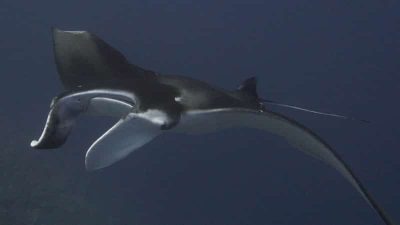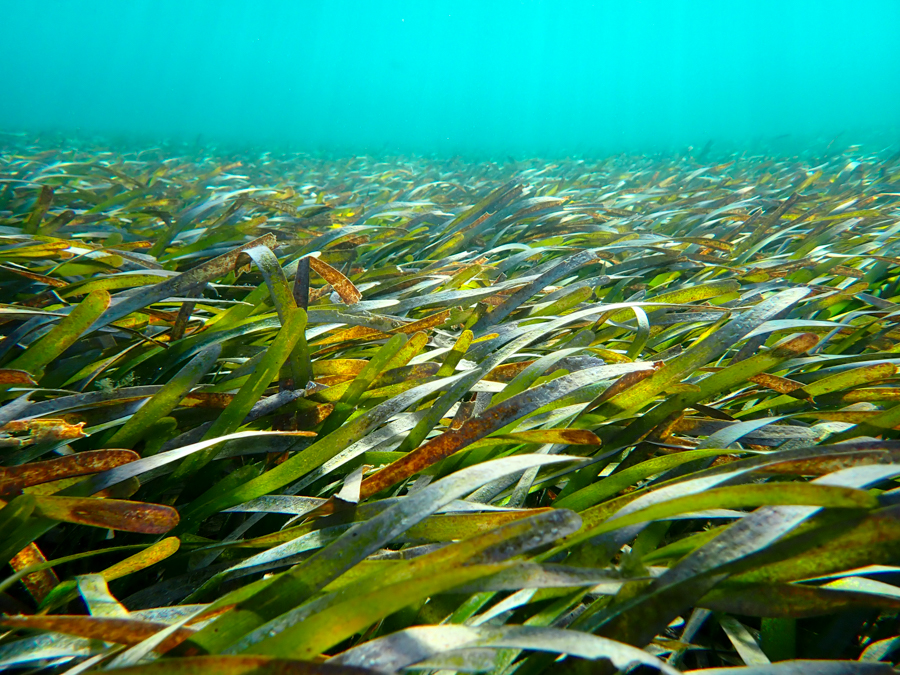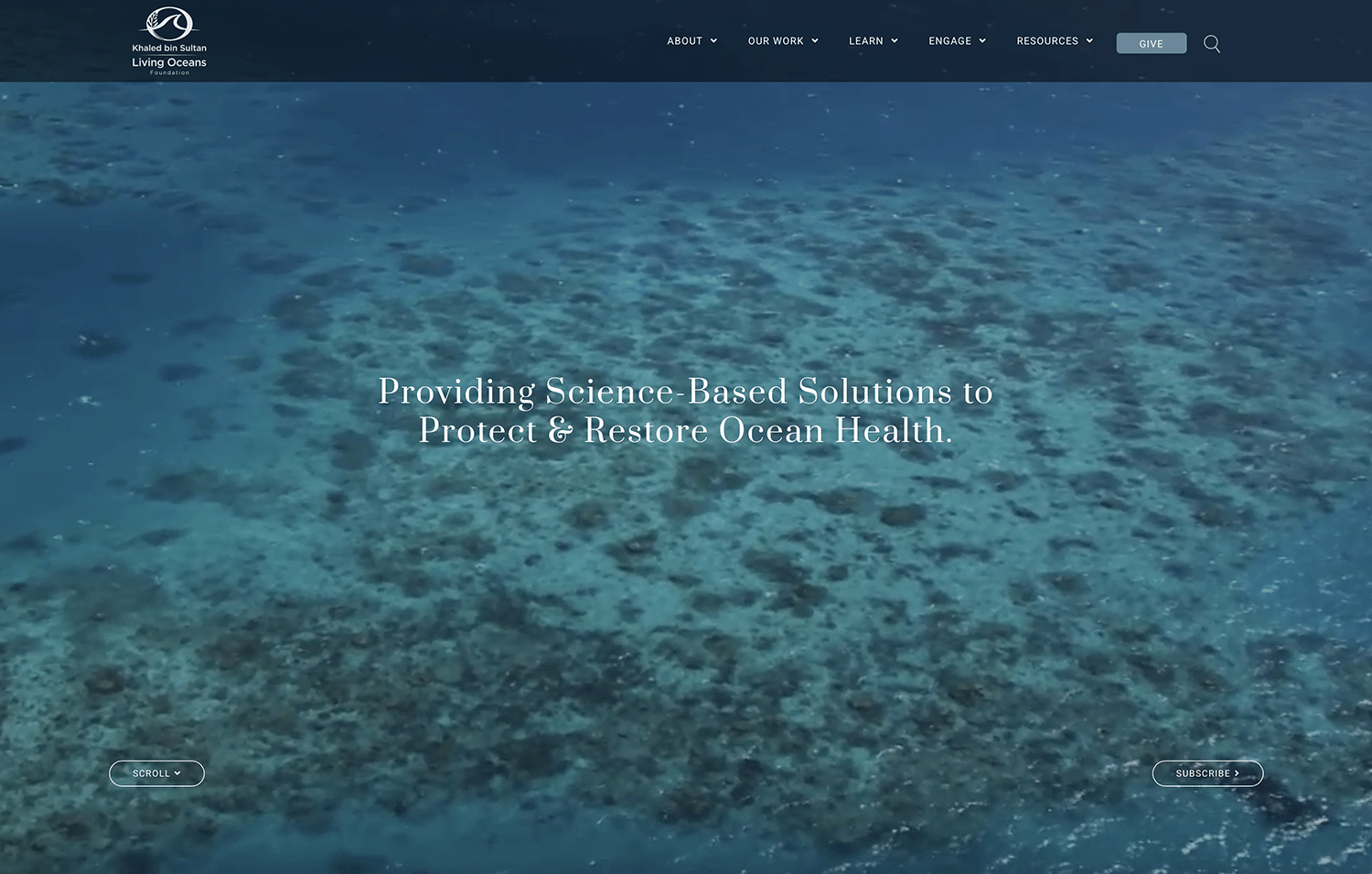Expedition Log: BIOT – Day 15
The science team is always eager to see rays during any dive, and diving in the British Indian Ocean Territory (BIOT) hasn’t disappointed us when it comes to majestic ray encounters. During our first day of diving, a group of Living Oceans Foundation scientists were approached by an inquisitive and enormous reef manta ray (Manta alfredi). By day three our manta ray count was already up to five individuals, and we continue to see them throughout the lagoon, fore reef, and channel dives.
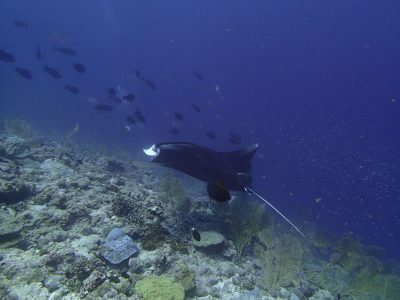

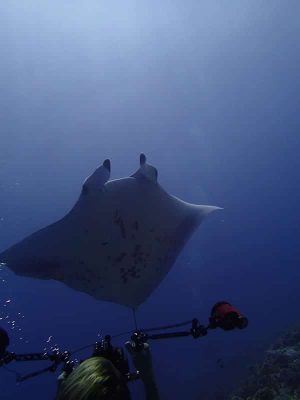
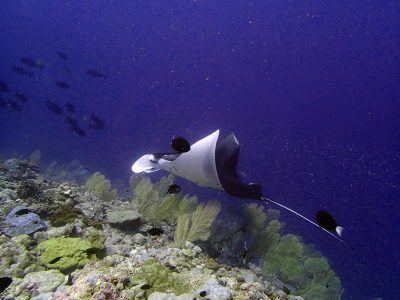
Our encounter with a reef manta ray on our first day of diving.
(click-thru on images for greater detail)
There are three families of rays found in BIOT: Dasyatidae, Myliobatidae and Mobulidae. Reefs here contain approximately eight ray species:
- reef manta ray ( alfredi)
- cowtail stingray (Pastinachus sephen)
- spotted eagle ray (Aetobatus narinari)
- devil ray (Mobula japonica)
- porcupine rays (Urogymnus asperrimus and africanus)
- mangrove whipray (Himantura granulata), and the
- marbled ray (Taeniura meyeni).
So far we have seen the first five species in this list and we hope to see the remaining three before we leave BIOT.


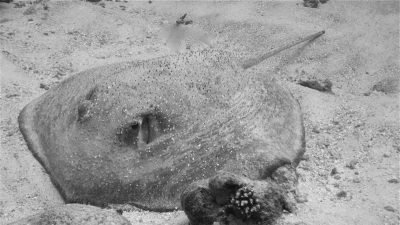

Cowtail stingray (upper left) / Marbled ray (upper right) / Porcupine rays (U. asperrimus and africanus) (bottom)
(click-thru on images for greater detail)
We are incredibly fortunate to see such large individuals and such a high diversity of rays. Rays tend to be characterised by their low fecundity (number of pups per reproductive season), late age at sexual maturity, long inter-birth intervals and slow growth rates.
The reef manta is one of the largest rays found in BIOT, reaching a wingspan of up to 4.5 m. These enormous rays can live up to 100 years, and won’t reach sexual maturity until 15 to 20 years old, having one pup every two to three years after this.
One of my personal favorites, the spotted eagle ray, a more common but an equally majestic ray, can reach a wingspan of 3 m and doesn’t reach sexual maturity until 4 to 6 years of age.
These life-history characteristics increase the vulnerability of many rays to the growing direct and indirect fishing pressure around the world. The protection of BIOT’s reefs from fishing most likely explains why we are having these amazing ray encounters during many of our dives here.
Photos: 1-4 Anderson Mayfield, 5,10-Andrew Bruckner, 6,9-Stefan Andrews, 7-Kate Fraser, 8-Samantha Clements

